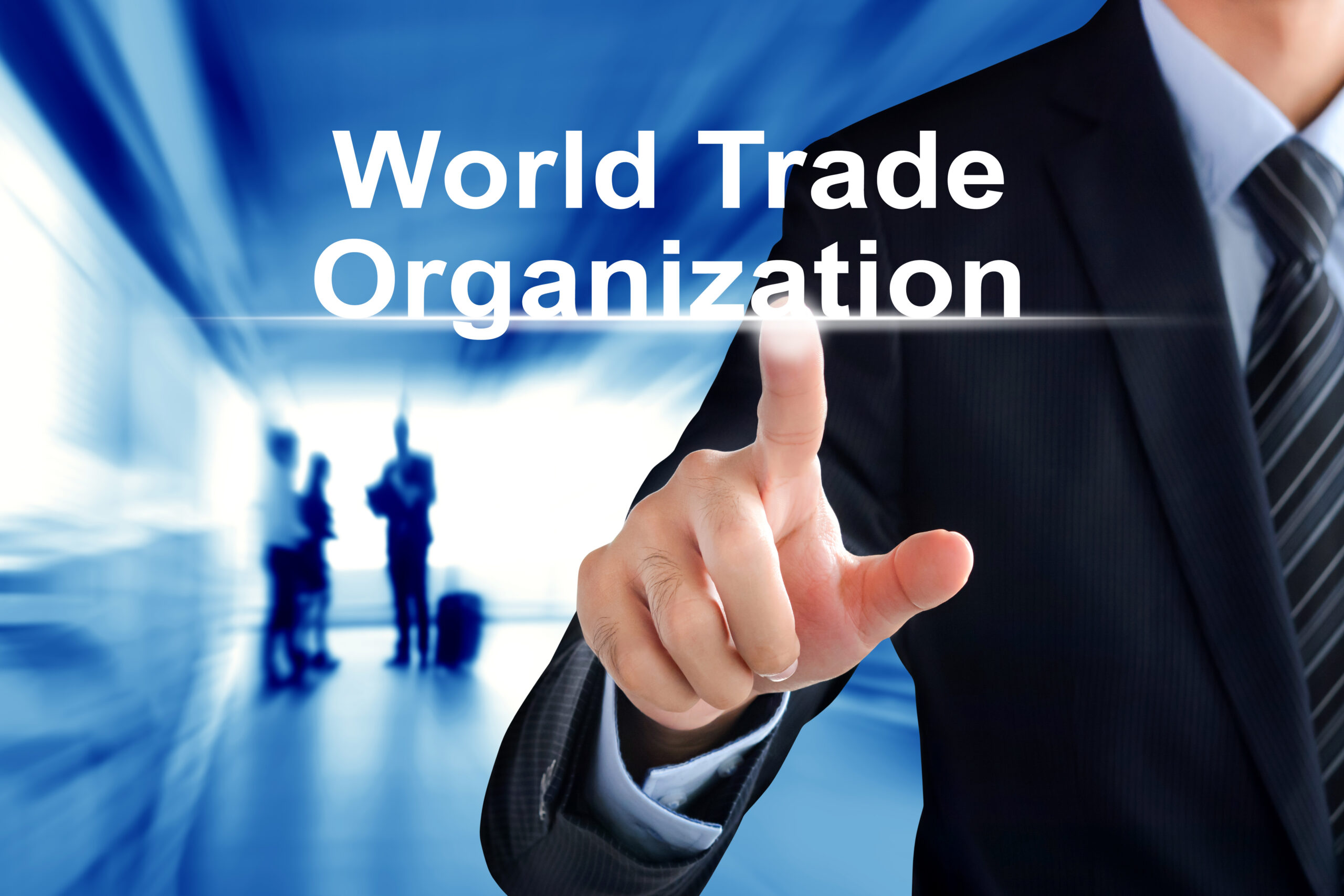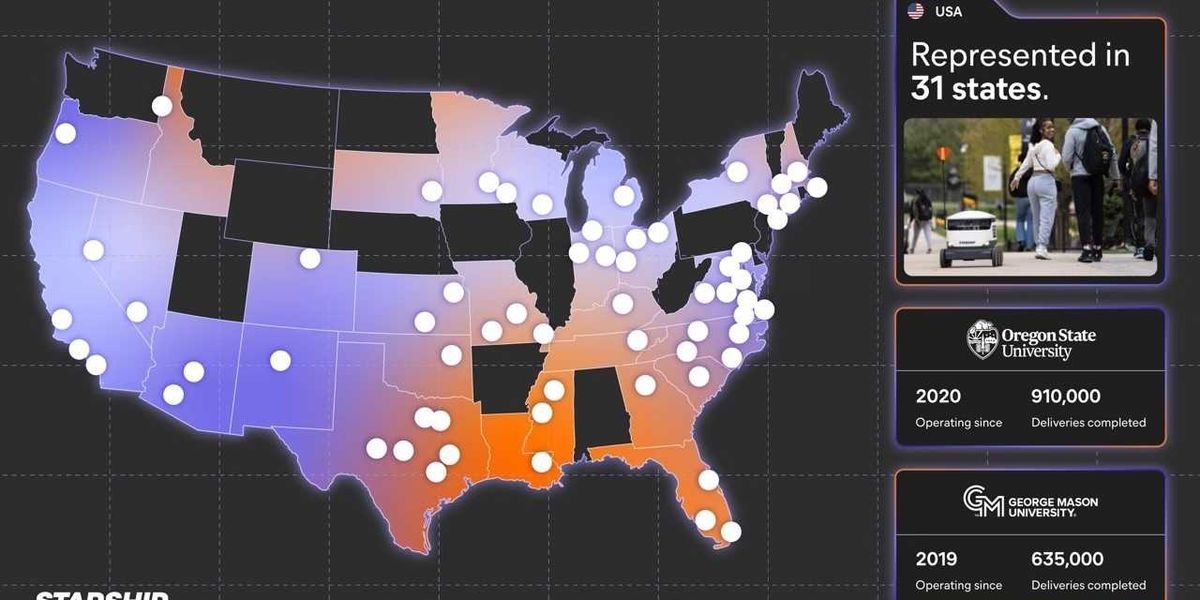Global trade has outperformed expectations in the first half of 2025, prompting the World Trade Organization to sharply revise its growth forecast upwards to 2.4% – a significant jump from its August estimate of just 0.9%. However, the bleak outlook for 2026 tempers the optimism, with the World Trade Organization forecasting trade growth to slow to just 0.5% as new tariffs take effect.
Read also: The World Trade Organization is at the crossroads: the urgent need for reform
In its latest form World trade forecasts and statistics In its October 7 report, the WTO attributes the strong performance largely to two drivers: growing demand for AI-related products and the initial large-scale mobilization of stocks ahead of increased tariffs. Shipments of AI components – ranging from semiconductors to servers and communications devices – rose 20% year-on-year, contributing nearly half of the total increase in merchandise trade.
The maritime sector was one of the biggest beneficiaries of this boom. Global merchandise trade volumes rose by 4.9% in the first half of 2025 compared to the same period last year, while the value of trade in dollars rose by 6% – a notable recovery after a modest rise of 2% in 2024.
WTO Director-General Ngozi Okonjo-Iweala praised the resilience of emerging markets, noting that “South-South trade grew by 8% year-on-year in value in the first half of 2025, compared to 6% for global trade overall.”
The report highlights the changing global trade map: Asia and Africa lead the world in export growth, while North America and the CIS are seeing declines. On the import front, Africa and the least developed countries are experiencing rapid expansion, which contrasts with weak demand in North America.
However, the World Trade Organization warns that the picture could become bleak in 2026. The Trump administration’s new tariff measures, introduced in August 2025, are already reshaping trade flows and pushing input costs higher. WTO economists warn that these pressures, combined with low inventory levels, could lead to inflationary effects towards the end of 2025.
The marine services sector is expected to feel the slowdown as well. The growth of transportation services is expected to decline from 4.5% in 2024 to 2.5% this year, and then to only 1.8% in 2026. Overall, the growth of maritime services is expected to decline from 6.8% in 2024 to 4.6% in 2025 and 4.4% the following year.
Despite these headwinds, Okonjo-Iweala stressed the importance of maintaining confidence in global trade frameworks. “The resilience of trade in 2025 is largely due to the stability provided by the rules-based multilateral trading system,” she said. “But the disruption we are seeing today is a call to action for countries to reimagine trade.”
For shipping and logistics stakeholders, the WTO report offers a mixed outlook: Sustained demand for AI-related goods and services is likely to remain a key driver of growth, even as tariff-induced uncertainty looms over the longer term.










